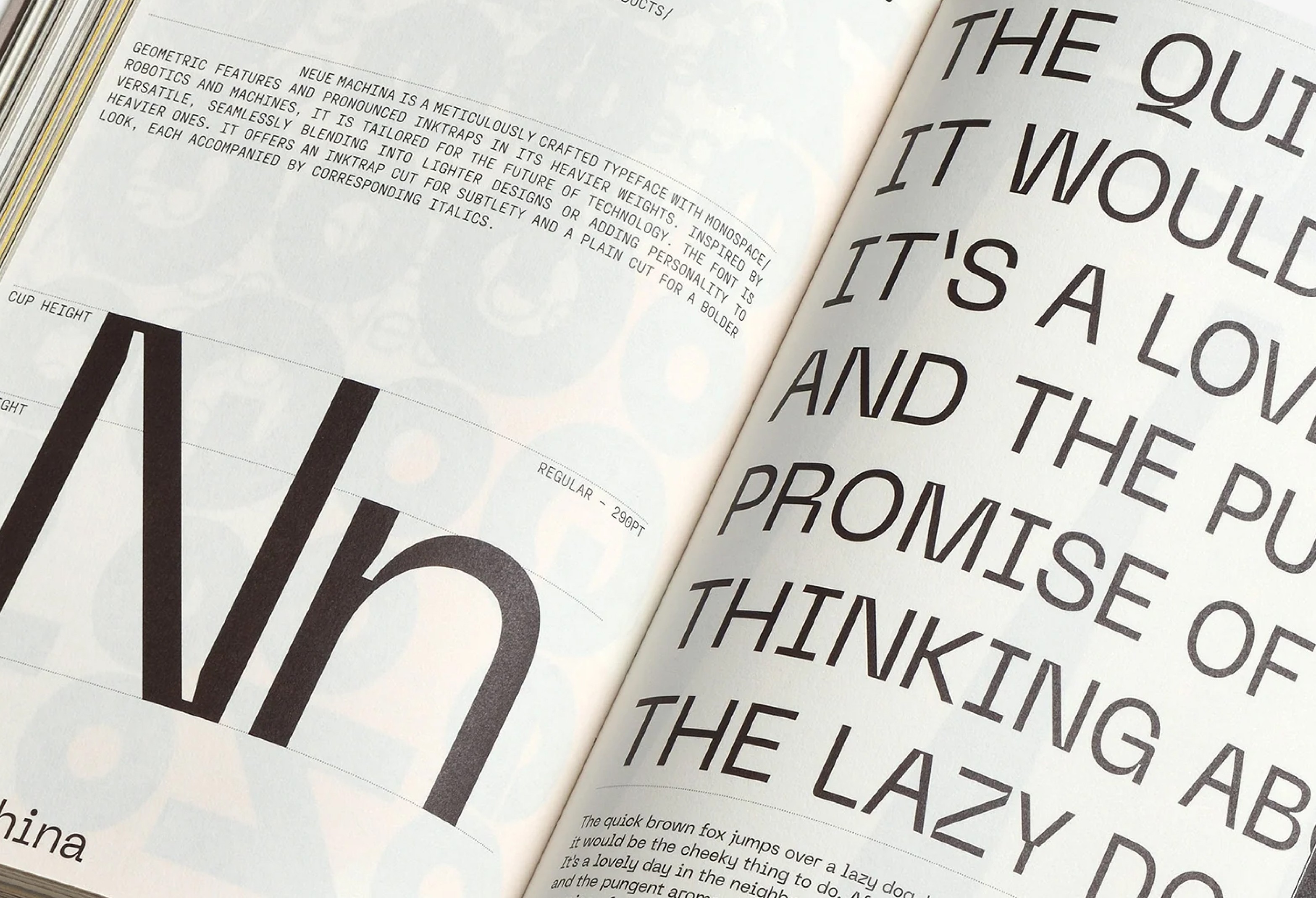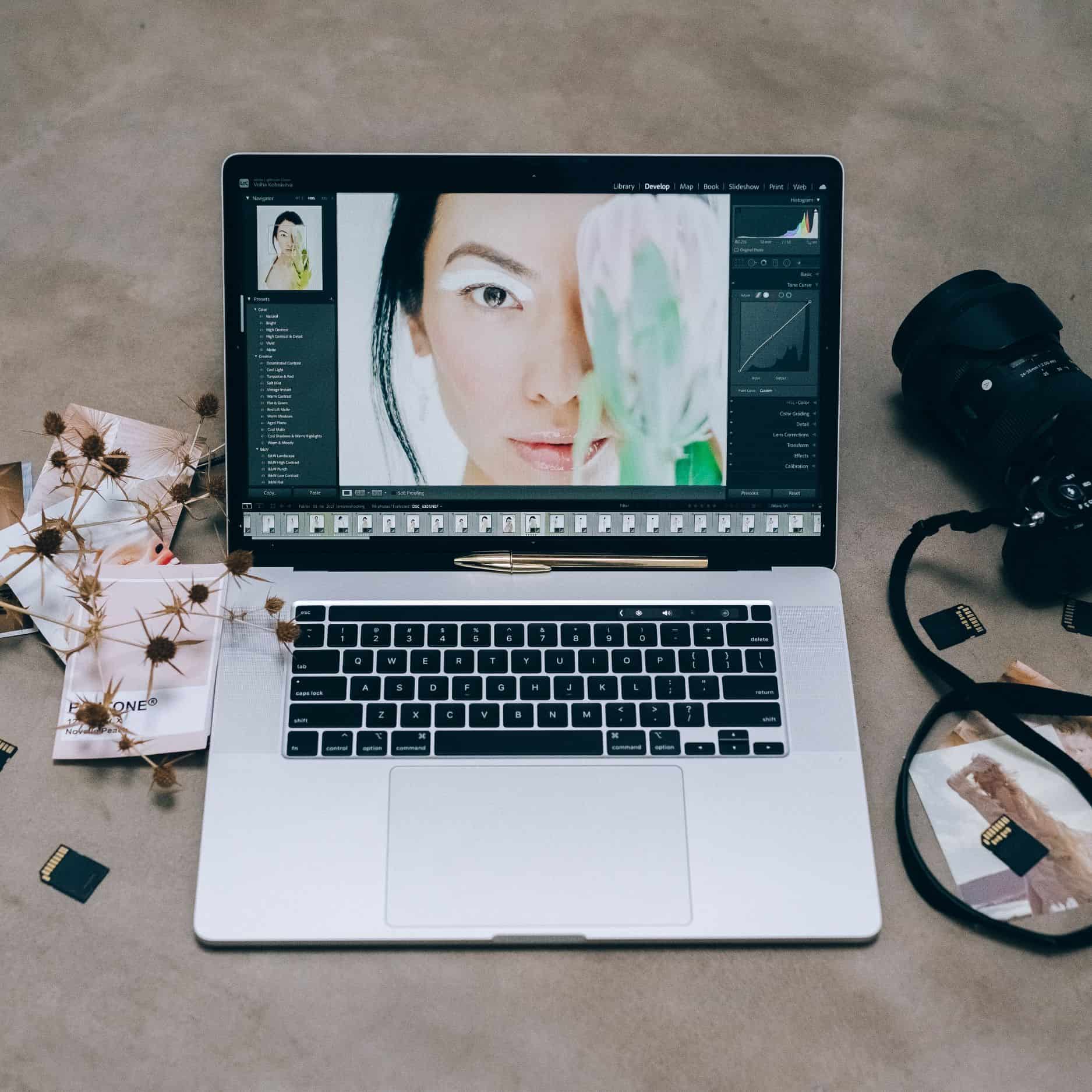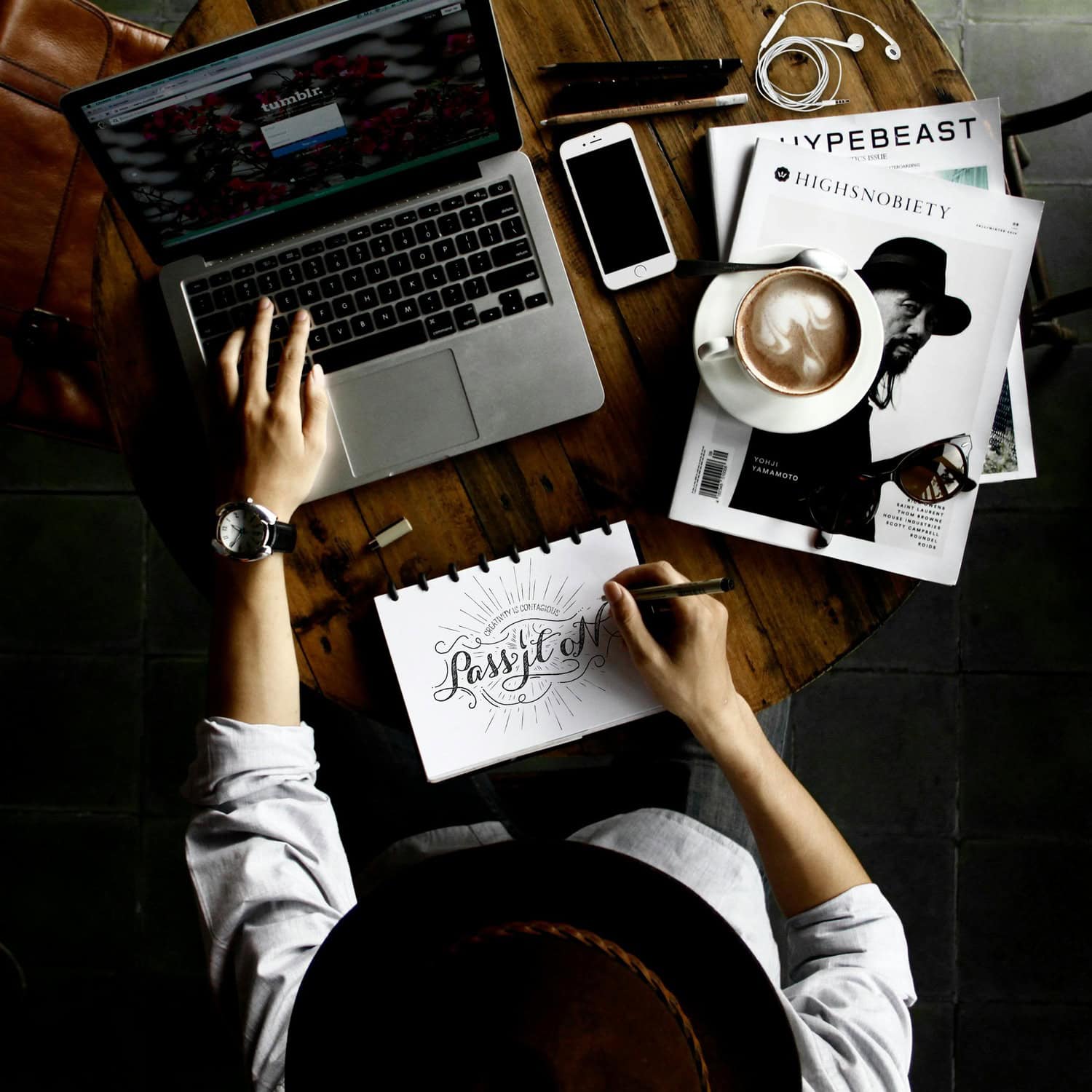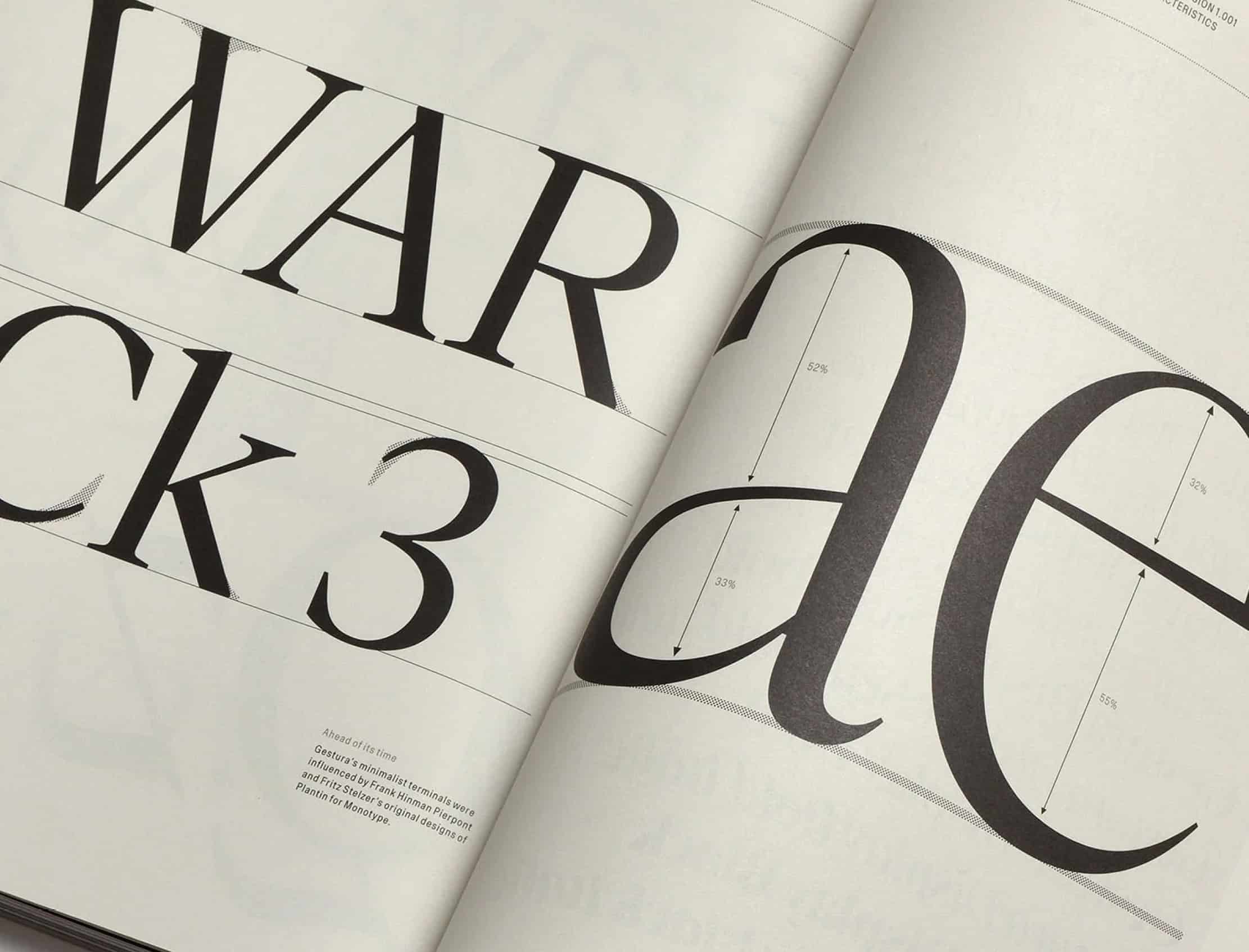Typography: The Art of Type Arrangement
Aug 22, 2024
Branding
Typography, the art of arranging type, plays a crucial role in design and branding. Whether you’re working on a website, a marketing campaign, or any creative project, finding the right font can significantly enhance your visual communication.
Discovering Font Families
Explore a diverse range of font families to inspire your next endeavor:
Sans Serif Fonts: Known for their clean lines and modern aesthetic, sans serif fonts are perfect for contemporary designs. They offer readability and versatility, making them ideal for both digital and print media.
Serif Fonts: With their traditional roots, serif fonts convey a sense of reliability and authority. They are often used in print publications and formal branding to evoke a classic feel.
Script Fonts: These fonts mimic handwritten text and add a personal touch to designs. They are great for invitations, branding, and any project that requires a friendly or sophisticated vibe.
Display Fonts: Unique and eye-catching, display fonts are designed to stand out. They are perfect for headlines or logos where you want to make a bold statement.
Typography Tips for Designers
To maximize the impact of typography in your designs, consider the following tips:
Pairing Fonts: Combining different font styles can create visual interest. Experiment with pairing a bold sans serif with an elegant script to achieve balance in your designs.
Hierarchy and Readability: Establishing a clear hierarchy through font size and weight helps guide the viewer’s eye. Ensure that your typography remains legible across various platforms.
Color and Contrast: The color of your text can influence its impact. Use contrasting colors to enhance readability and draw attention to important elements.
Sources of Inspiration
To fuel your creativity, explore these resources:
Font Libraries: Explore extensive collections of free and premium fonts available online. Websites like Google Fonts offer curated selections that cater to various design needs.
Creative Layouts: Look at how typography is used in different contexts—websites, posters, packaging—to gather ideas on layout and composition.
Community Resources: Join design communities or forums where you can share ideas and get feedback on your typography choices.Tools and Resources for Typography Lovers
Conclusion
By diving into the world of typography, designers can elevate their projects, effectively communicate brand identities, and create engaging content that resonates with audiences. Whether you’re crafting a new logo or designing a website, the right typography can make all the difference in achieving your creative vision.



















